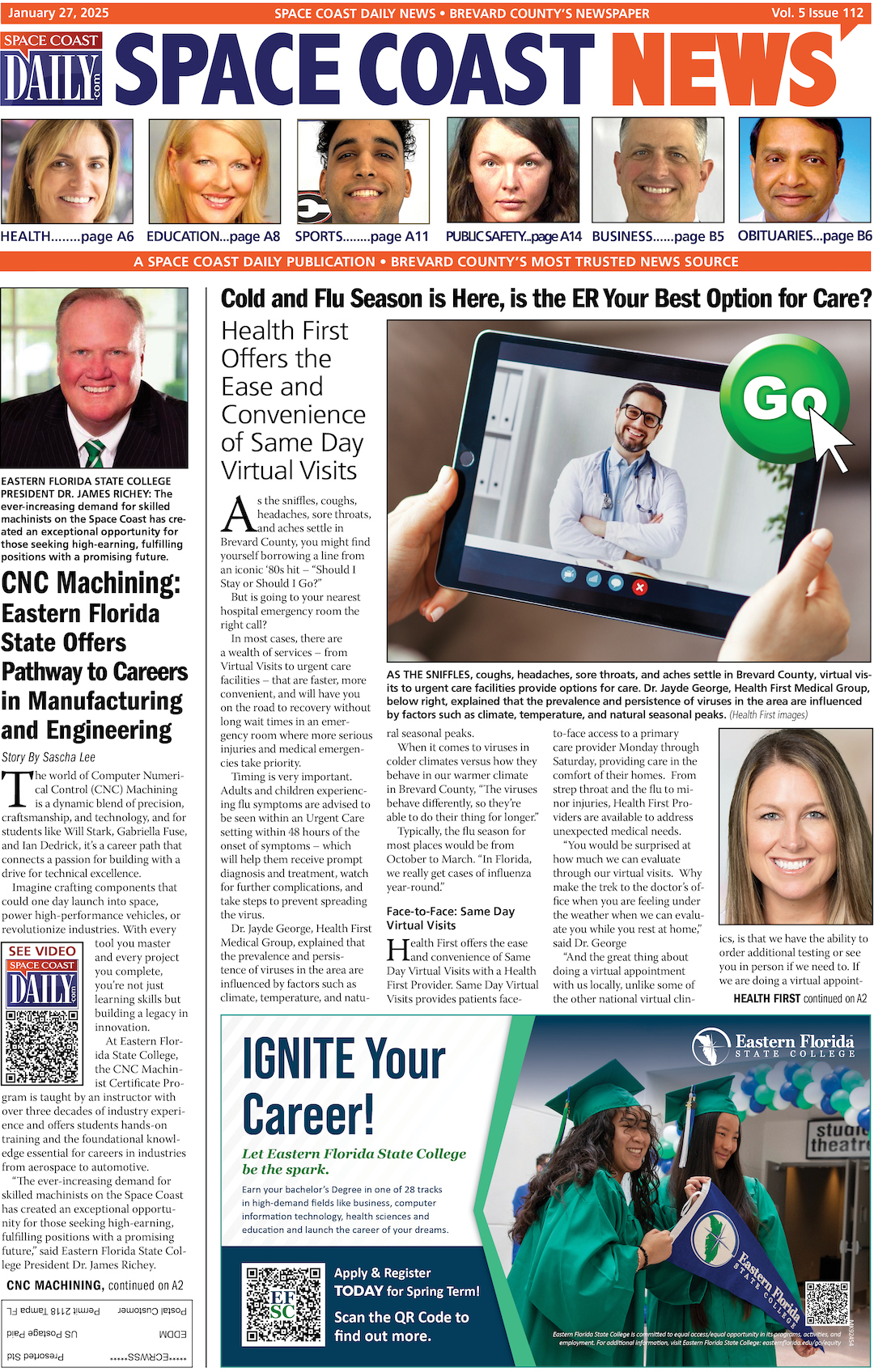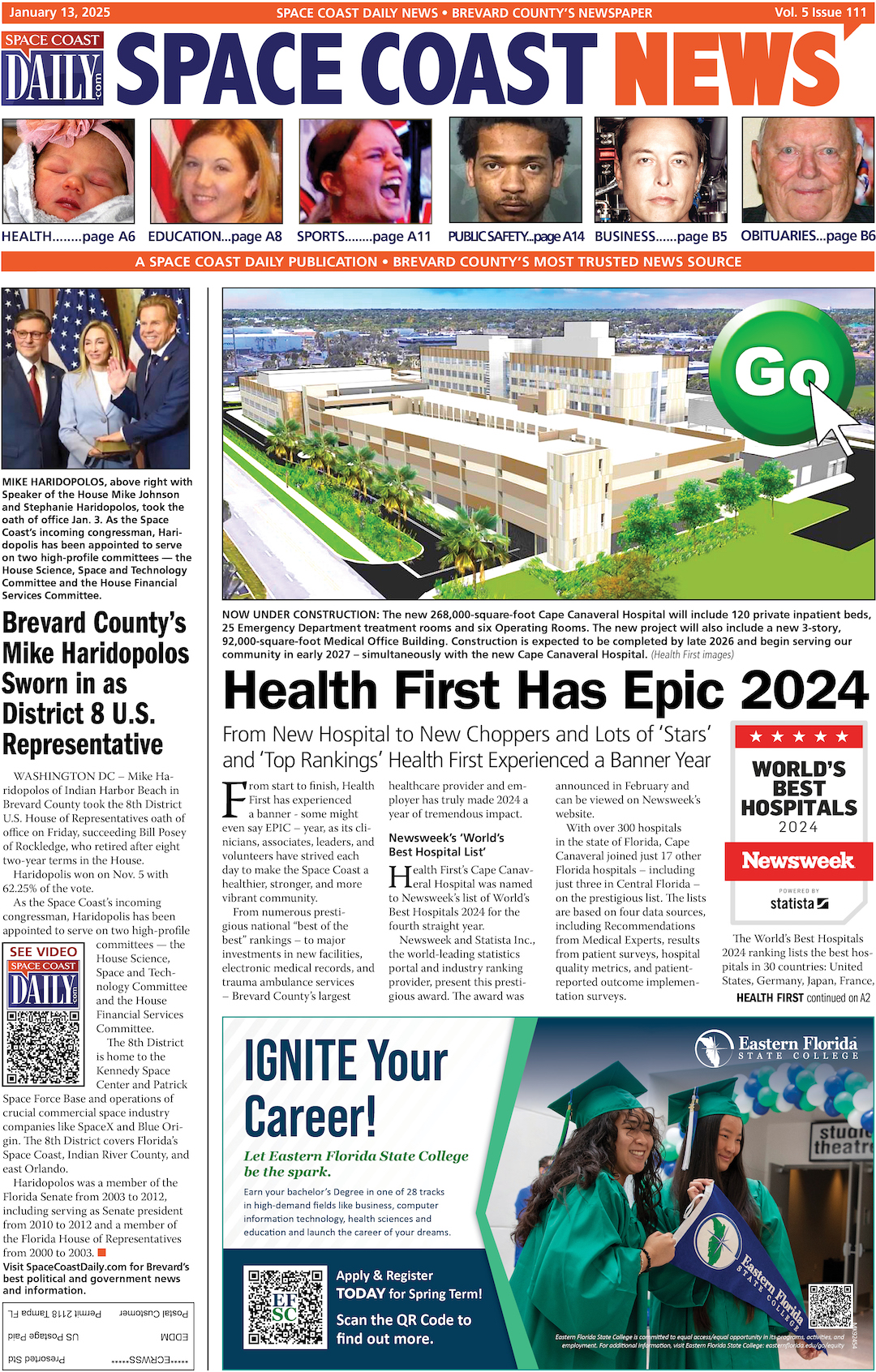How to Use Behavioral Segmentation for Targeted SaaS Marketing Campaigns
By Space Coast Daily // February 2, 2025

Understanding customer behavior is crucial for companies with Software as a Service (SaaS). Developing customized and successful marketing strategies relies on behavioral segmentation techniques, which involve categorizing customers based on their behaviors and interactions. This approach provides valuable insights for targeted marketing initiatives.
Exploring Behavioral Segmentation
Behavioral segmentation groups customers based on their actions, such as purchasing habits and product usage, rather than solely on demographic information. This method provides a deeper understanding of how customers interact with offerings. Analyzing these behaviors for a SaaS marketing company allows businesses to identify specific segments that require tailored marketing approaches.
The Significance of Behavioral Segmentation in SaaS
Understanding user behaviors offers considerable advantages in the SaaS industry, where customer retention and engagement are essential; by analyzing user behavior data, teams can develop targeted strategies that align with users’ needs and preferences. This approach improves the user experience and builds stronger customer loyalty, which increases revenue.
Identifying Key Behavioral Segments
Companies must identify distinct customer groups within their clientele to utilize segmentation techniques. These groups often include new customers, loyal patrons, and those considering leaving. Each category exhibits specific behaviors, such as trying out trial offers, renewing subscriptions, or showing decreased interest. Understanding these trends allows businesses to develop tailored strategies that address the needs of each group.
Crafting Tailored Marketing Plans
Once companies identify segments of the audience base, they can develop marketing plans tailored to each group’s behaviors. For instance, acquired customers might appreciate emails introducing them to the platform, while dedicated patrons could benefit from promotions or incentives to maintain their engagement. A SaaS marketing company can build stronger connections with different customer segments by customizing its marketing strategies.
Using Tools for Data Analytics
Data analysis tools are essential for behavioral segmentation in today’s dynamic business environment. These tools collect and examine user information to better understand customer interactions with products and services. They help identify emerging trends and recurring patterns that inform decision-making processes within organizations. Advanced analytics platforms provide real-time data insights and allow marketing teams to adjust and customize strategies to align with evolving customer preferences.
Crafting Tailored Content
Developing customized content can considerably impact customers by building healthy relationships and encouraging active engagement with the brand’s offerings. Companies can create materials that resonate with their preferences and interests by understanding how different customer groups interact with content. This approach might include sending personalized emails, delivering targeted advertisements, or designing landing pages tailored to specific tastes. Customized content enhances the customer journey, increases conversion rates, and builds loyalty to the brand.
Improving Customer Loyalty
Retaining customers is generally more cost-effective than acquiring new ones. Segmentation helps companies identify customers who may be losing interest and develop strategies to re-engage them. By understanding why certain users disengage and addressing those issues, businesses can decrease customer churn and enhance loyalty through personalized outreach or exclusive promotions.
Harnessing Automation to Enhance Productivity
Automation tools simplify the delivery of marketing messages by enabling businesses to trigger targeted responses based on user actions. For example, if a user abandons their shopping cart, companies can send an automated email with a discount offer to re-engage them. This approach ensures timely and relevant interactions that enhance the customer journey while reducing the manual workload.
Assessing the Effectiveness of a Campaign
Companies must establish benchmarks for success to measure the impact of marketing efforts accurately. Key performance metrics, such as conversion rates, engagement levels, and customer loyalty, provide valuable insights. By monitoring these indicators, teams can assess the effectiveness of their tactics and make informed data-driven adjustments to enhance outcomes.
In Summary
Segmentation is a key strategy for SaaS companies aiming to tailor their marketing efforts and reach their target audience more precisely. Businesses can create customized plans that enhance interaction, increase customer loyalty, and increase revenue growth opportunities by analyzing customer behaviors and preferences. This approach is essential for maintaining market competitiveness and meeting customers’ ever-evolving demands.












